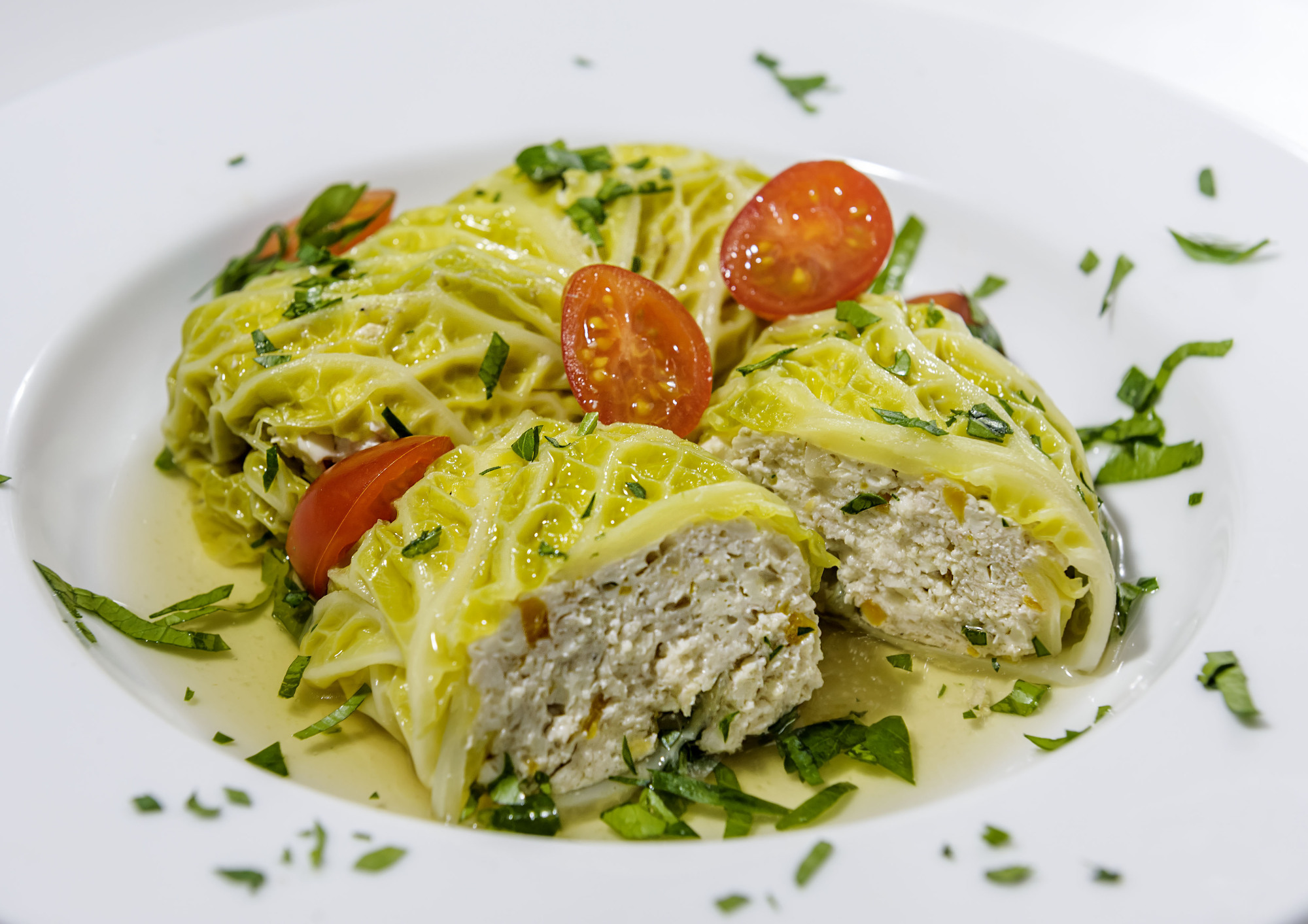The humble cabbage is the third most consumed vegetable in Japan according to the Ministry of Health, Labor and Welfare, following daikon radishes and onions. It's used in everything from stir-fries and gyōza dumplings to pickles and more and, despite the high prices for fresh produce this year, it's still an affordable standby for the budget-conscious consumer. But like so many vegetables that we take for granted, its entry into the Japanese market is quite recent.
The main clue that the cabbage came from Europe is its name in Japanese, kyabetsu. The earliest varieties of this brassica were introduced in the late Edo Period (1603-1868), but they were of an ornamental variety. The first cabbages for eating were grown for the benefit of the newly arrived visitors from the West in the 1850s in, or near, designated open port towns. In Yokohama, which was opened to foreign ships in 1859, fields for growing Western produce such as celery, carrots, tomatoes, peas, asparagus and cabbage were established in what are now the Suekichi and Negishi districts in 1863, under the supervision of the Kanagawa magistrate.
The first large-scale cabbage growing project was in 1874 in the early Meiji Era (1868-1912), when they were used as one of the crops to cultivate Hokkaido. It was grown in other cold weather regions such as Nagano, but production did not really pick up until after World War II, since it was to that point firmly associated with yōshoku (Western-style cuisine) in most people's minds.



















With your current subscription plan you can comment on stories. However, before writing your first comment, please create a display name in the Profile section of your subscriber account page.